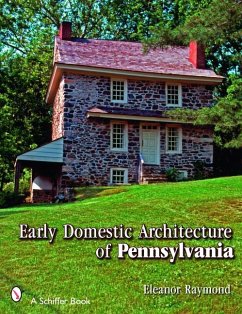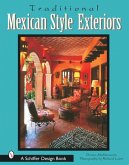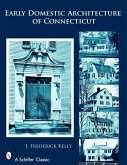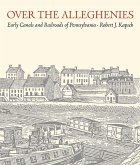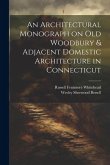A ground-breaking work when first published in 1931, this classic book is now released in soft cover. A visionary, Eleanor Raymond, A.I.A. explored what she called the, unstudied directness in fitting form to function. The book was one of the first systematic inventories of vernacular American architecture and defined Raymonds long and successful career. Beautiful photography guides the eye through examples of authentic colonial architecture in Pennsylvania. Heavy beams, primitive stonework, and detailed paneling are shown, along with doorways, windows, staircases, and rooflines. The author selected works that show traces of the mediaeval spirit as well as early Georgian character found in the oldest settlements in Pennsylvania. Raymond's work records interior and exterior views not only of the smaller houses, but also of barns, mills, spring houses and other outbuildings. It has been praised for being the first to consider the beauty and architectural value of smaller and more primitive structures typical of Eastern Pennsylvania, and integral to the area's appeal. As a bonus for those hoping to restore such treasures, Raymond included 25 pages of measured drawings detailing cabinetry work and molding profiles.
Hinweis: Dieser Artikel kann nur an eine deutsche Lieferadresse ausgeliefert werden.
Hinweis: Dieser Artikel kann nur an eine deutsche Lieferadresse ausgeliefert werden.

